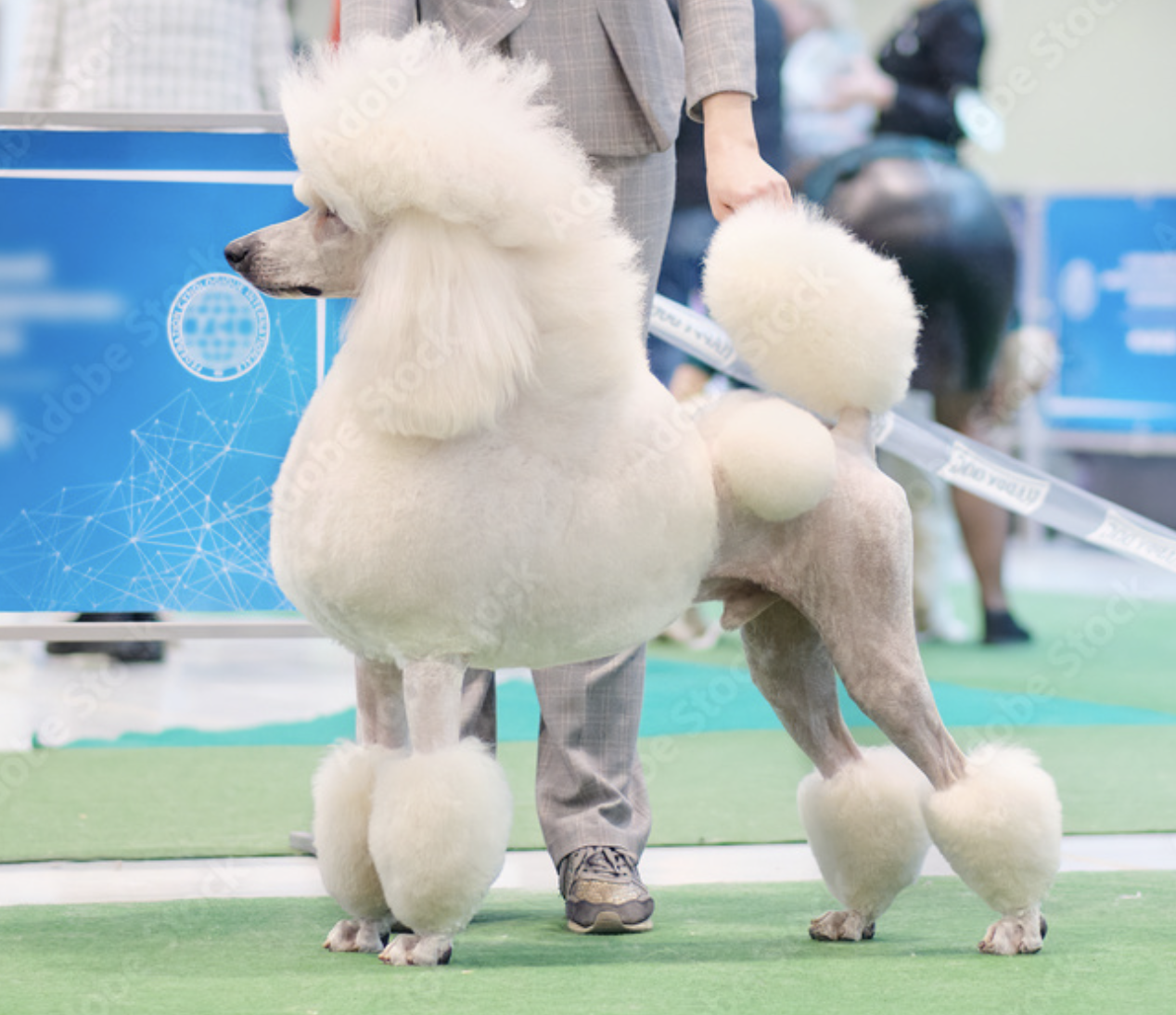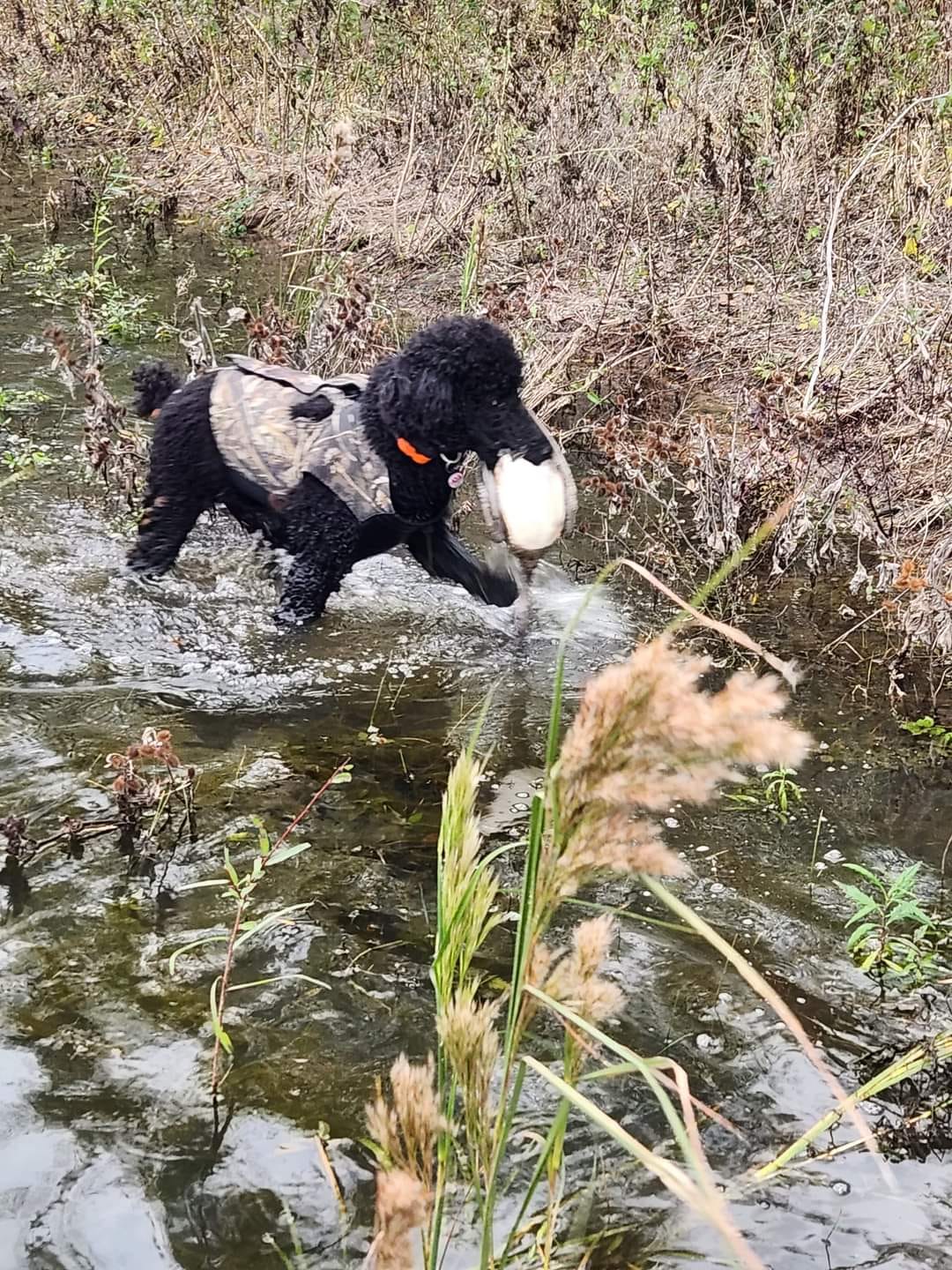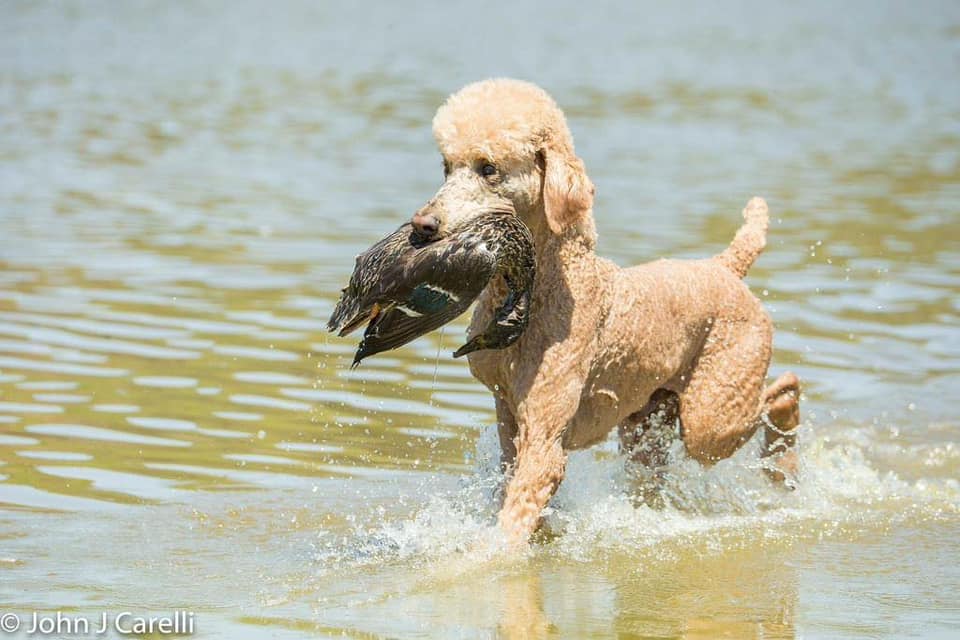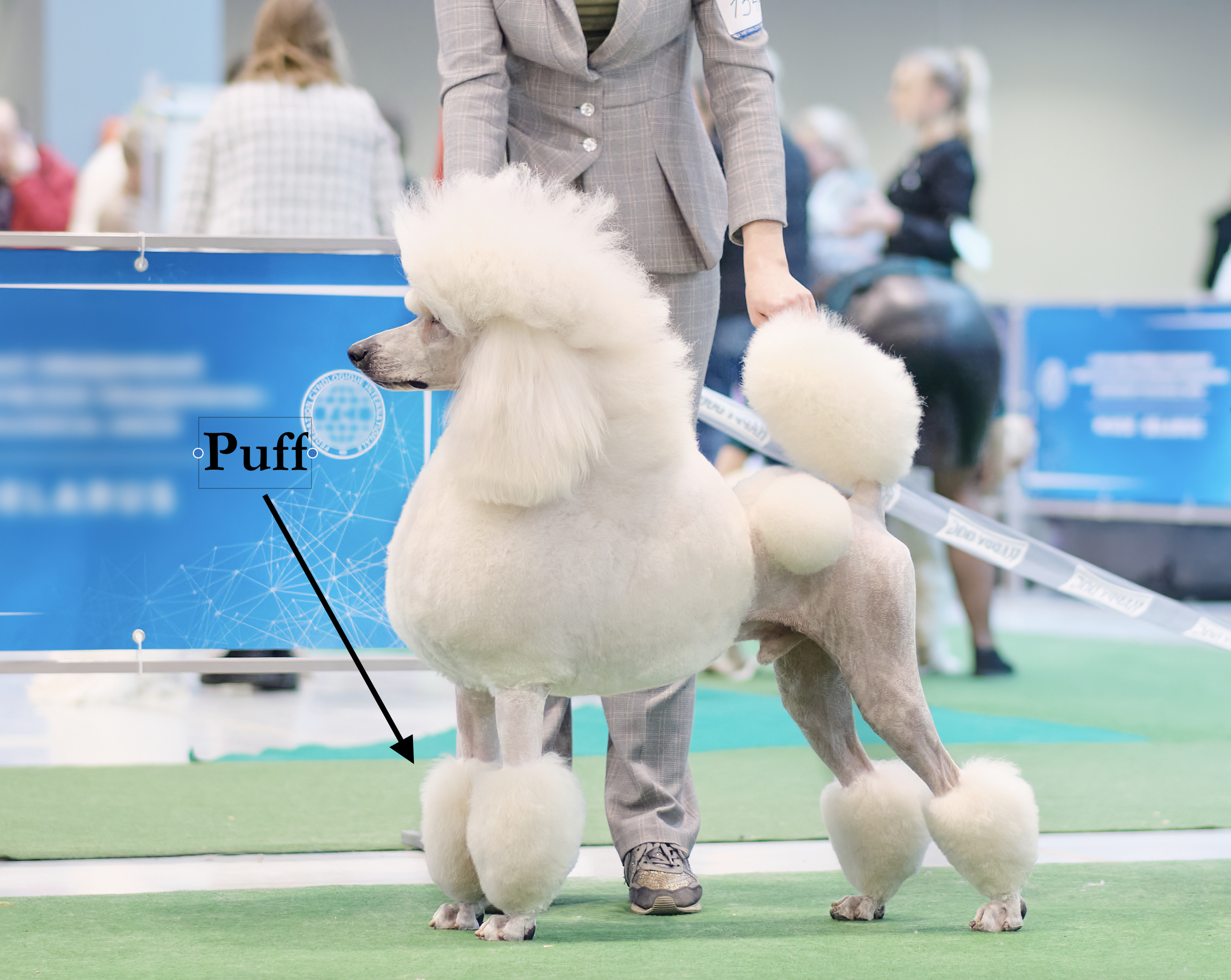
Back in the day, it was said that the average “lifespan” of a person entering the dog fancy was five to seven years. Time enough to “finish” one’s first dog (put a championship title on it), breed the dog, then show one of his or her puppies.
According to that old bit of conventional wisdom, it was within five to seven years that a new fancier would either become hooked for life, or come to realize that what was fun (or good luck) in the beginning was more time consuming, expensive, and/or frustrating than initially realized.
Longevity in a challenging sport is but one reason why veterans of the sport are admired, and why most judges who are “all rounders” are especially appreciated. The “all rounder is a dog show judge licensed to judge all recognized dog breeds. Committing to memory the breed standards of over 200 dog breeds (the current number as we write) is hard enough, but to truly understand how form follows function in breeds as disparate as a sporting dog versus a toy breed? That’s a talent, if not a gift. It’s one reason why a judge such as the late Annie Rogers Clark was so respected.
Many fine judges are coming up in the ranks (the future Annie Clarks, one might say), and part of the process of getting there is seeing a “thing or two” as they judge. As many judges are former professional handlers, they tend to recognize grooming tricks of the trade, and by way of example, we use the Poodle foot to illustrate.
The AKC breed standard is clear; The entire foot is shaved. The standard reads: “The entire shaven foot and a portion of the shaven foreleg above the puff are visible.”
Why is this important? The stylized Poodle clip is rooted in function, and practicality extends to the feet. Poodles were originally water retrievers, and shaved feet not only helped them swim better, but prevented mud from getting stuck to their paws in swampy areas. Closely shaved feet prevented painful mats from forming between their pads, hair that also trapped moisture that could lead to bacterial and fungal infections.

Photo by Connie Wood Gaddy shared with permission

Beth Para’s Doubleshot Ernest of Arnette – Photo by John Carelli with consent from his wife
It is obvious that the historic reason for “poodle feet” has to do hunting efficiency and foot health, and the standard was written with that in mind. In our view, preservation breeders and show judges adhere to the standard for the same reasons. This isn’t to say that “grooming shenanigans,” are never seen. One might ask, how and why does an exhibitor “finesse” shaved feet?
Savvy judges know the answer to both.
In the description of all three allowed show trims, the phrase, “the entire shaven foot is visible” appears. But when the “balls” of hair (called the puffs) above the front or rear feet are so big or “floofy” that one can’t see the whole foot, or that it even touches the floor, it’s either due to inexperienced grooming, or the groomer is hiding something. What might be hidden are splayed feet, or parchment paper thin feet, both major faults since both deviate from the standard that reads, “Major fault – paper or splay foot.”

Why are they faults?
Remember, the Poodle is a retriever (leading many folks believe it should be in the AKC Sporting Group, not the Non-Sporting group), and as a working breed, flat or splayed feet don’t support the dog’s weight well on land and provide less traction, crucial for running, stopping, and pivoting direction quickly. Both can lead to joint problems which impacts the dog’s efficiency and endurance. As for paper thin feet, they are more susceptible to cuts, bruises and slivers inherent in rough terrain. And as a water-retrieving breed, proper foot structure is important for swimming efficiency.
Figuratively speaking, there is a “method to the madness” of Poodle grooming, and experienced judges are wise to this.
Image: White Poodle photos by Ihar/Adobe
